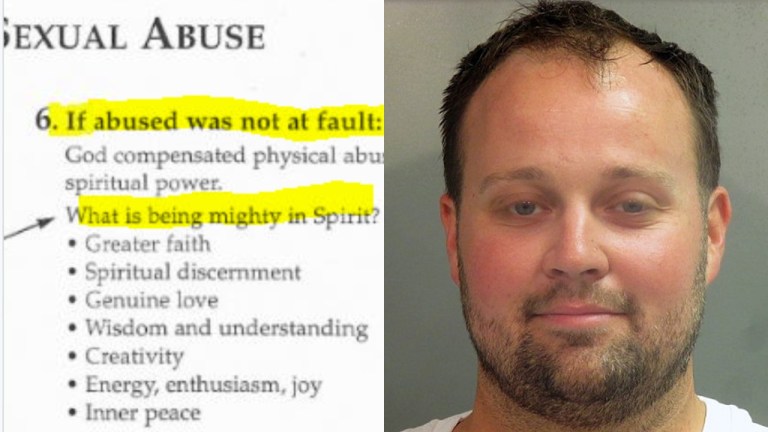College Culture & Sexual Assault: A Step In The Right Direction, But Still A Long Way To Go
Two weeks ago, the U.S. Department of Education released a list of universities and colleges that it is currently investigating for Title IX violations. With notable names ranging from Harvard University to Sarah Lawrence College, the list includes 55 elite institutions, including the one that I currently attend.

Note: male students can also fall victim to sexual assault — and, unfortunately, some do. Consent (or lack thereof, as the case may be) is not a gendered concept. However, for the sake of rhetoric, the majority of college sexual assault victims are female — according to the Centers for Disease Control, one in five women report having been sexually assaulted while in college.

Two weeks ago, the U.S. Department of Education released a list of universities and colleges that it is currently investigating for Title IX violations. With notable names ranging from Harvard University to Sarah Lawrence College, the list includes 55 elite institutions, including the one that I currently attend.
For those who are unfamiliar, Title IX — a portion of a federal amendment that outlines educational rights — prohibits any sort of sexual discrimination in higher education. Originally designed to increase female participation in college athletic programs, it now provides protection against sexual harassment and sexual violence.
The federal government is investigating the schools on the list for allegedly mishandling sexual assault cases amongst its students. When I saw that the Department of Education had released its list, I was overjoyed. I believed that, in doing so, the department not only held the schools under investigation accountable but also created an additional incentive for those schools and others to reevaluate their sexual misconduct policies. After all, universities and colleges are in the business of attracting prospective students; being associated with Title IX violations is hardly a selling point.
While the release of this list may have sparked renewed dialogue on campus sexual assault, it also demonstrated the extent to which these colleges and universities — some of the most reputable in the country — need to address institutional problems that compromise the well-being and safety of their students.
First, many institutions have created a culture of victim blaming that we have not sufficiently addressed as a society. There have been numerous public discussions on the problem — in the media, at my own university and undoubtedly at many others, including those on the Department of Education’s list. However, there can always be more — especially because the problem persists.
We instruct students — female, for the most part — on how to dress, behave, or drink when they go out so as to keep them out of harm’s way. We tell them that they mustn’t show provocative amounts of skin, drink too much, or flirt too heartily — because these are all factors that could put them in a dangerous position. When we teach victims to avoid sexual assault like this, we are teaching them that they are at fault if they can’t avoid it. We are placing the onus on victims rather than teaching people how to respect the bodily agency of those around them. According to the White House Council on Women and Girls, 63 percent of male college students who have admitted to committing sexual assault have also admitted to doing so on multiple occasions; the frequency of multiple offenders is undoubtedly the byproduct of a culture that misplaces responsibility for sexual assault. Instead, we need to teach would-be perpetrators how to ask for consent and how to keep from committing sexual assault in the first place.
Second, the collegiate atmosphere creates an issue whereby many victims are afraid or unwilling to report their sexual assaults because of how closely connected the student population around them is. When I was sexually assaulted earlier this year, I chose not to report because my assailant was well known on campus. He has since graduated, but, at the time, I was concerned about what reporting would mean for my own reputation as well as his. After talking with many friends and classmates who have also hesitated to report their own sexual assaults, I’ve realized that this is a common sentiment. One friend was assaulted by someone who was a leader on campus. Another was assaulted by a popular member of a fraternity. Neither friend reported. Victims fear social consequences — especially if nothing substantial comes of their choice to report. Word travels fast on college campuses. Reputations are delicate, and many students end up dealing with the fallout from their sexual assaults alone. The White House Council on Women and Girls estimates that only 12 percent of victims report their sexual assaults. Schools — surely not just those on the Department of Education’s list — need to work on better fostering an environment where their students feel safe coming forward.
Third, we need more accountability for perpetrators. Recently, I read about flyers circulating Columbia’s campus which list four “known” rapists — three of whom have already been “found ‘responsible’” by Columbia administration. Though the four men listed on the flyers have been found responsible for sexual assault, they continue to remain on campus — a privilege allotted to them by the administration. While I think that this type of vigilante effort is drastic, I think that it is valuable in pointing out how university administrations may fall short — both in affording protection to its victims and in properly sanctioning its perpetrators. College sexual assaults are different; when they are reported through the given institution rather than the police, perpetrators only face institutional punishments — a requirement to live off campus, suspension, or, in graves cases, expulsion. Sometimes, they may also face criminal charges, but, for the most part, college perpetrators of sexual assault receive relatively marginal retribution for their actions. If any. It’s often hard to prove guilt in these circumstances — especially because many college sexual assaults involve alcohol or other substances and many victims do not have tangible evidence to bolster their claims. We need to work on fixing this structural discrepancy so that victims receive the protection that they deserve and perpetrators are punished accordingly for their offenses.
Yes, the Department of Education took us one step in the right direction when it released the list of institutions under investigation for Title IX violations. It was a happy day for anyone who cares about the issue. At the same time, however, it was a reminder that we still have much ground to cover if we want to effectively address sexual assault on university and college campuses. ![]()




